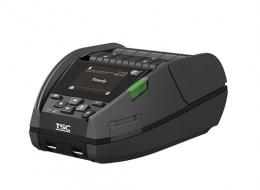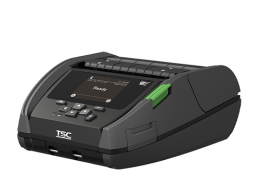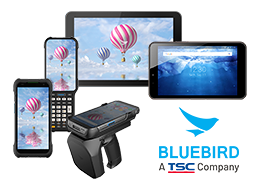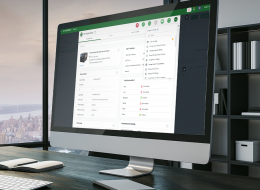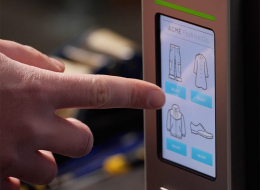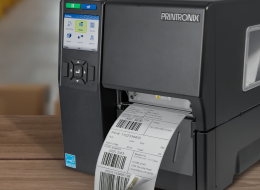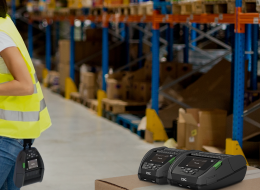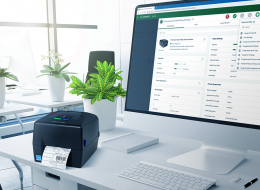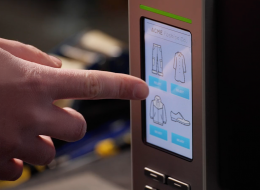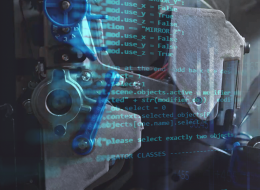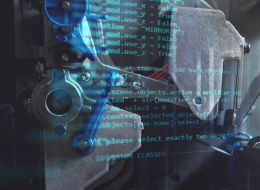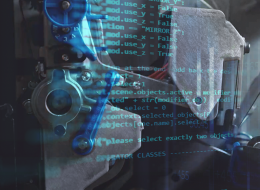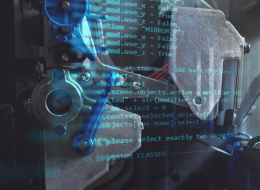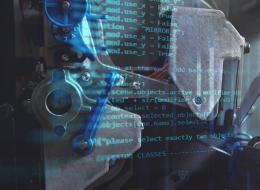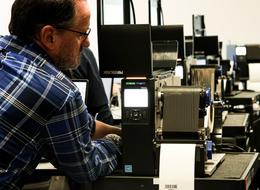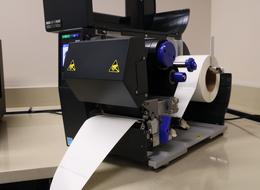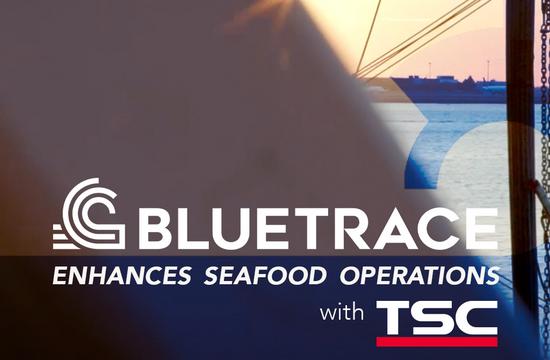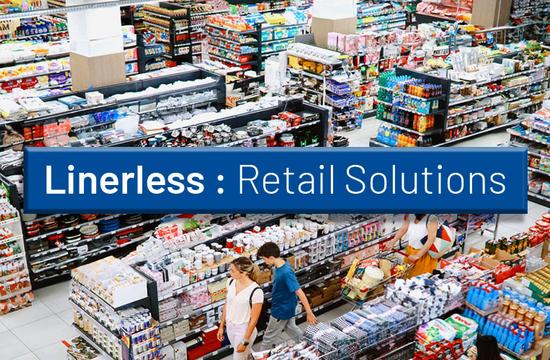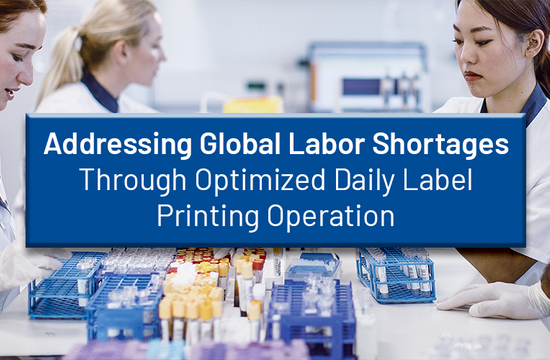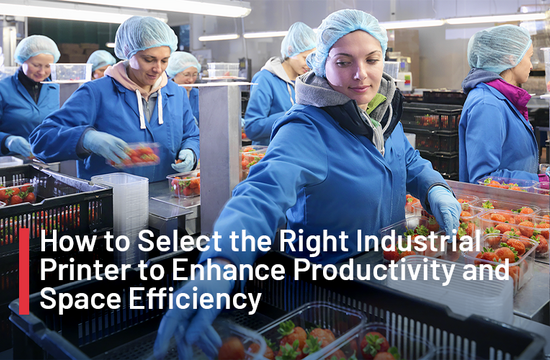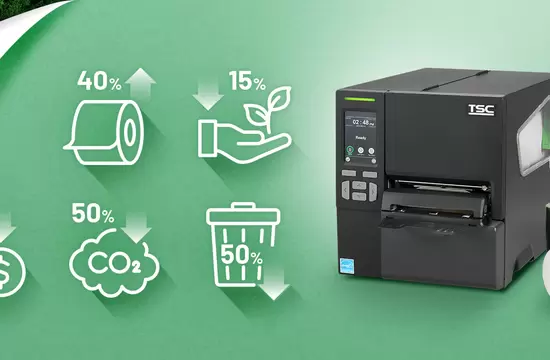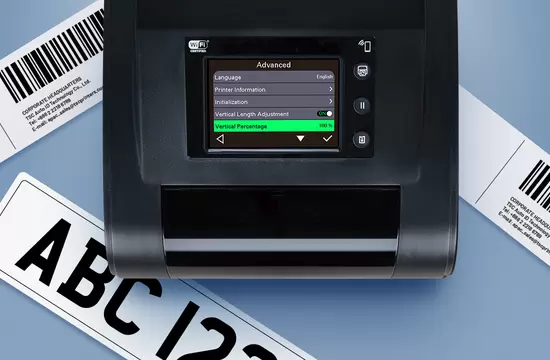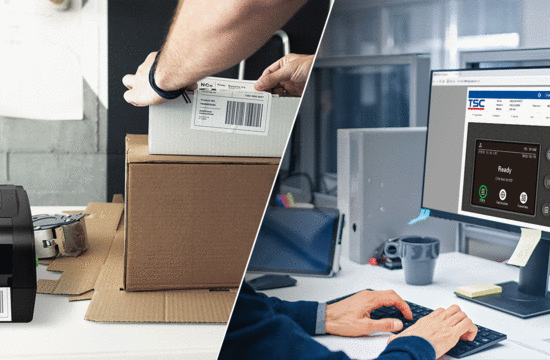Food & Beverage
Automotive
1429
/en/blog/automotive
Barcode Inspection
418
/en/blog/barcode-inspection
Cannabis
1430
/en/blog/cannabis
Company News
415
/en/taxonomy/term/415
Cybersecurity
1464
/en/blog/cybersecurity
Events and Tradeshows
1421
/en/blog/events-and-tradeshows
Food & Beverage
1426
/en/blog/food-beverage
Healthcare
1425
/en/blog/healthcare
High Resolution
414
/en/blog/high-resolution
Industry Trends
1419
/en/blog/industry-trends
Manufacturing
1424
/en/blog/manufacturing
Mobile Printing
1420
/en/blog/mobile-printing
Partner Perspectives
1461
/en/blog/partner-perspectives
Remote Printer Management
1432
/en/blog/remote-printer-management
Retail
1423
/en/blog/retail
RFID
416
/en/blog/rfid
Software Solutions
1433
/en/blog/software-solutions
Standalone
419
/en/blog/standalone
Supplies
417
/en/taxonomy/term/417
Supply Chain
1463
/en/blog/supply-chain
Tips & Best Practices
1431
/en/blog/tips-best-practices
Transportation & Logistics
1422
/en/blog/transportation-logistics
Warehouse & Fulfillment
1427
/en/blog/warehouse-fulfillment
BlueTrace, a leader in inventory management and compliance software for seafood processors, distributors, and producers, faced a challenge familiar to many businesses serving the food industry: maintaining peak operational efficiency while ensuring regulatory compliance.
Linerless is emerging as a favored labeling solution. Whether in retail, logistics, healthcare, or beyond, enterprises are seeking a greener, more efficient labeling experience. Dive into our ultimate Linerless Q&A guide below to help you make informed decisions on sustainable and streamlined labeling.
The retail industry plays an integral role in our daily lives, encompassing everything from buying clothing and groceries to ordering take-out meals, all of which involve labels. Labeling can be very demanding for the retail sector. In the modern-day retail world, there is a wide variety of labels that require flexibility to adapt to the industry's diverse applications.
Businesses today actively seek ways to minimize their environmental impact and enhance workplace safety. One effective approach is transitioning from traditional labels to linerless labels. This transition not only reduces environmental impact but also aligns seamlessly with regulatory compliance, significantly enhancing operational efficiency.
Sustainability has emerged as a pivotal factor across numerous industries, driven by environmental protection and shifting consumer tastes. Businesses are progressively directing their attention towards sustainable strategies, encompassing endeavors like minimizing carbon footprints, embracing eco-conscious materials, and integrating circular economy concepts.
As the world economy has decelerated since 2021, job markets in OECD countries remain strained.
Increasing demand for industrial printers is propelled by automation in manufacturing, traceability regulations in the food and beverage sector, hybrid retail strategies, e-commerce-driven logistics growth, and a heightened safety emphasis in healthcare, according to VDC Research.
The concept of environmental sustainability has become increasingly important in recent years. Regulations further strengthen the circular economy to support sustainability, aiming to achieve a carbon-neutral, environmentally sustainable, toxic-free, and fully circular economy.
In today's world, there is a great variety of media available to meet the growing demands of diverse printing applications. While having the ability to print long labels and specific labels for various vertical market applications is important, achieving precise printing is a different challenge altogether. These labels often pose difficulties as printers are typically designed for common or frequently used media. Additionally, printers need to be able to adjust for special or difficult media. That's where the TH DH Series comes in, offering an easy solution for printing difficult labels. The TH DH Series is specially designed to provide end users with precise label printing capabilities, with vertical DPI (dots per inch) being a key factor in achieving this level of accuracy.
Printer management is necessary for the proper functioning and completion of print jobs. Tasks such as printer configurations, condition monitoring, and troubleshooting are essential. However, managing printers, especially on a large shop floor or printer fleet, can be challenging. That’s why real-time remote management is a vital aspect of printer management as it allows for printer control from anywhere on the premises.

